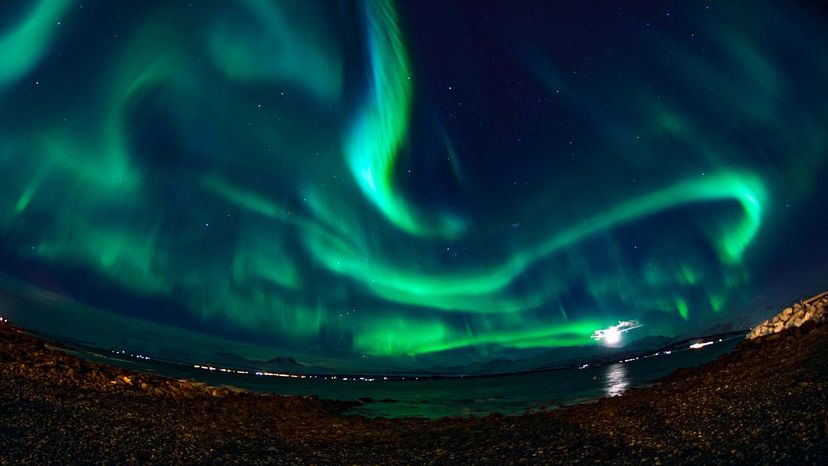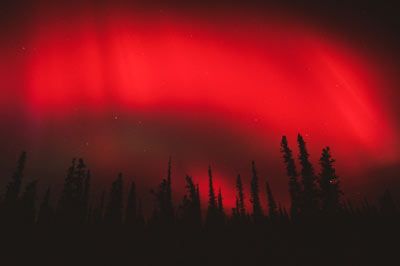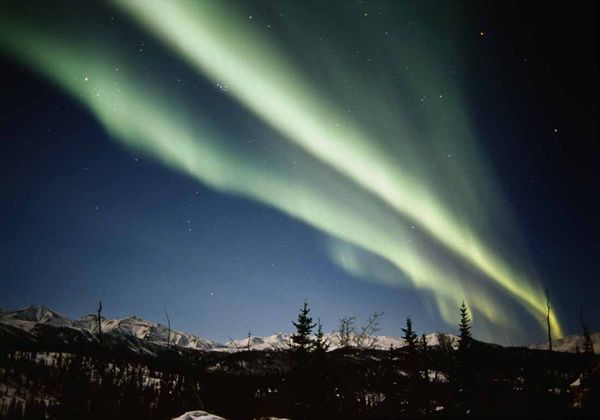
If seeing the aurora borealis — aka the northern lights — is on your bucket list, now just might be your chance. That is if you live in certain areas of the United States.
A strong geomagnetic storm could push the aurora borealis much farther south Aug. 18 and 19 than typical, giving residents as far south as Illinois and Oregon an unexpected opportunity to view the northern lights. The aurora borealis typically occurs closer to the North Pole, near Alaska and Canada.
Advertisement


